Part #: GEL104
Electrode Gel – salt free – 250 g
SPECTRA 360® ELECTRODE GEL
250 g (8.5 oz) tube
The only salt-free and chloride-free electrically conductive gel, recommended for all electromedical procedures. Salt-free characteristics make it particularly suitable for long-term applications. Spectra 360 differs significantly from all other electrically conductive media…it works by wetting the skin, thereby reducing skin resistance.
Features
-
Salt-free, no sodium ion transfer
-
Non-irritating, hypoallergenic, bacteriostatic
-
Product of choice for conductive rubber/carbon electrodes
-
Product of choice for ECG and TENS
-
Non-gritty STAY-WET® formula allows for prolonged use without re-application
Click to review MSDS.
MRI Use: Conditional
Condition: Max MR field strength 3T. (See Specifications for components.)
Details
Support
Downloads/Resources
Knowledge Base
- * CLEANING GUIDELINES *
- About License Keys
- AC mode
- AcqKnowledge accuracy
- AcqKnowledge iLok key lost or unavailable
- Amplifier analog output signals
- Amplifier filter settings
- Arbitrary waveform stimulation
- Band-pass and band-stop filters
- BioNomadix Signal Interruption
- Biopac Student Lab (BSL) Newest Features
- Calculating file sizes
- Calibration values
- Checking Finger Cuff Lifetime for NIBP100D/NIBP100D-HD
- Common mistakes/general troubleshooting
- Connecting Calibration Gas Tanks & Mixing Chambers
- Editing noisy data
- Electrodermal activity measurements
- Enabling the Transform Menu in BSL Analysis (RSD)
- Event Markers | Correcting Automated Placement
- Excel files exported from BIOPAC software open in Excel 'Protected View'
- Glossary of specification terminology
- Grounding guidelines
- High pass filters
- How can I move QRS peak event marks from the bottom of S waves to the top of R waves?
- Installation CD/DVD lost or damaged...how can I re-install software?
- Interfacing third-party transducers
- Low pass filters
- Notch filter
- Railing signal (flatline)
- Recording good data
- Troubleshooting MP160 Ethernet Communication
- Using other software with BIOPAC hardware
- VREF, reference excitation voltage
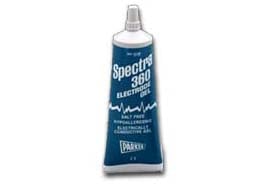
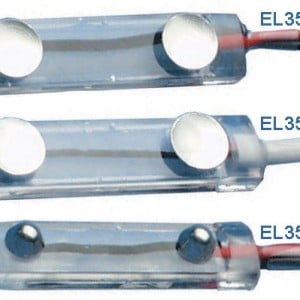
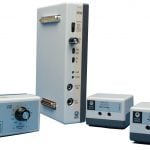
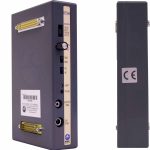
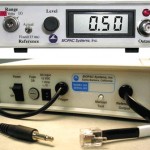
Stay Connected